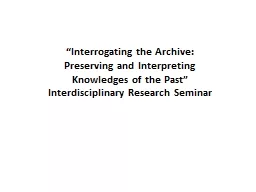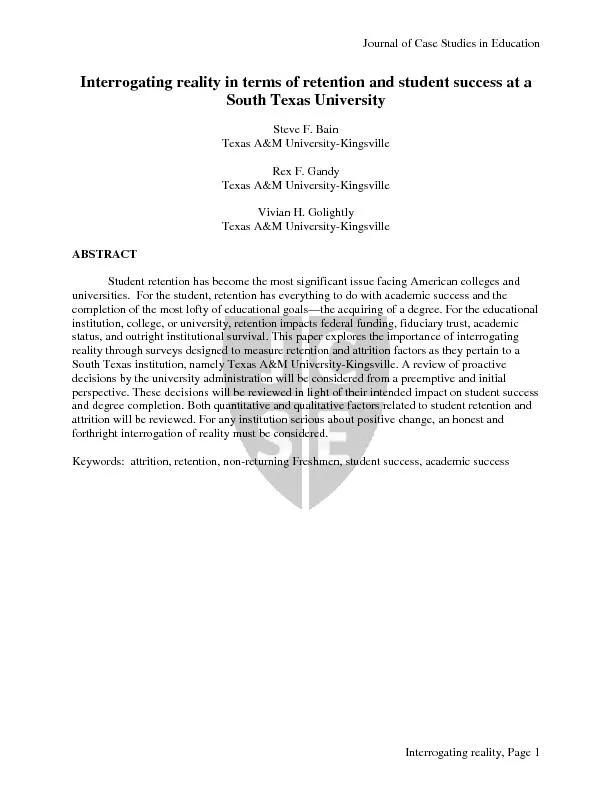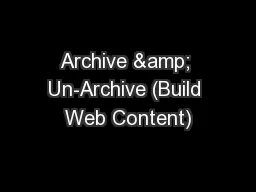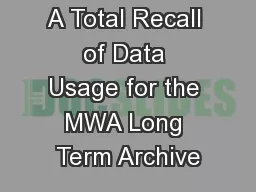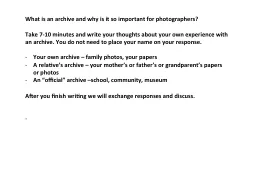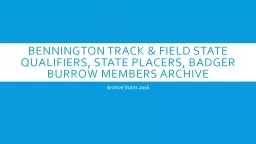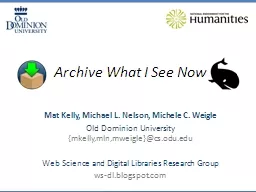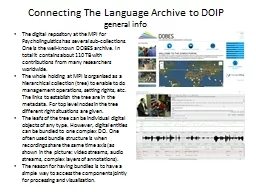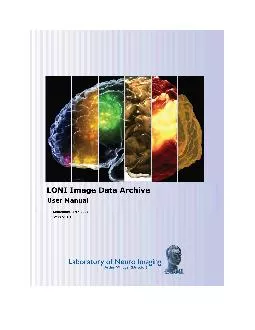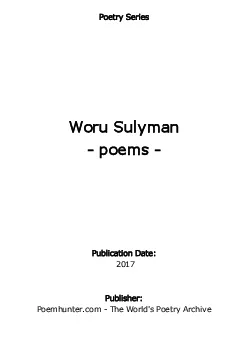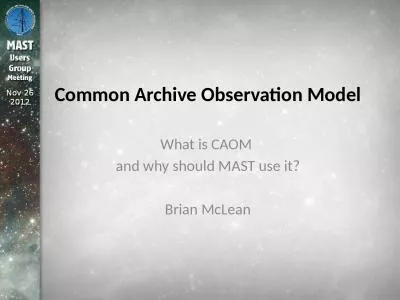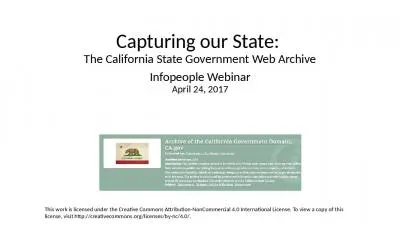PPT-“Interrogating the Archive:
Author : trish-goza | Published Date : 2017-10-15
Preserving and Interpreting Knowledges of the Past Interdisciplinary Research Seminar October 16 The City as Archive Urban Spaces and Historical Memory Gabor
Presentation Embed Code
Download Presentation
Download Presentation The PPT/PDF document "“Interrogating the Archive:" is the property of its rightful owner. Permission is granted to download and print the materials on this website for personal, non-commercial use only, and to display it on your personal computer provided you do not modify the materials and that you retain all copyright notices contained in the materials. By downloading content from our website, you accept the terms of this agreement.
“Interrogating the Archive:: Transcript
Download Rules Of Document
"“Interrogating the Archive:"The content belongs to its owner. You may download and print it for personal use, without modification, and keep all copyright notices. By downloading, you agree to these terms.
Related Documents

